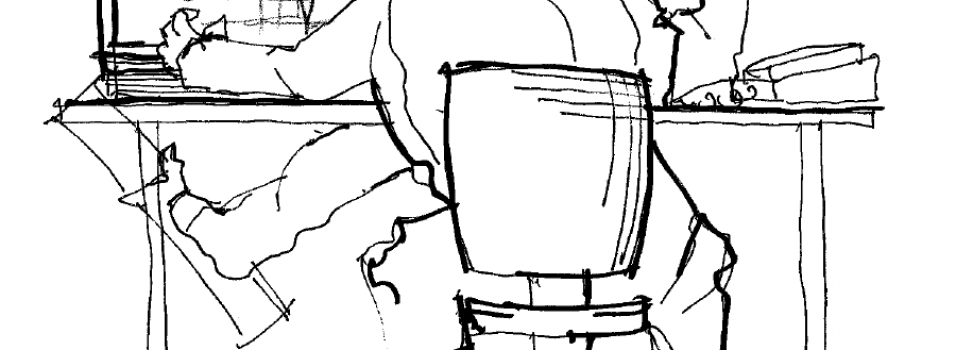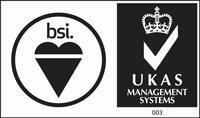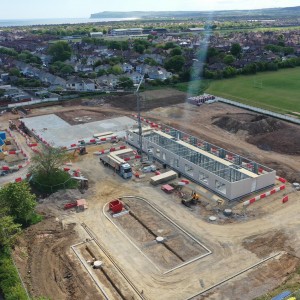How do you measure Design Quality?
A simple question to ask all architects and designers, but not a simple question to answer – or is it?
The North East is blessed with some great designers from different disciplines including architects, industrial designers, furniture designers and jewelers through to web designers. The same principles and approaches apply to them all.
When I begin any commission, the challenge and excitement of the project is in the balance of achieving the brief, watching the costs but trying to create a unique piece of architecture.
The building design is a complex piece of thinking. I could write a book on the process but have simplified this to a few of the initial questions every designer should ask.
Every design should look at its setting or context. Do you want the design to match and slip into a street or should it contrast and be of its time or even deliberately provoke?
What does the client want to achieve from the building and how long should it last?
Are there specific materials, structure or functions that will influence the final design?
The budget is never an excuse for poor design but undoubtedly cost and quality of design are connected, in that greater opportunities for materials, features and clever structural solutions become available, the greater the budget.
If it was so easy then we would all be doing this, and the designs would all be the same. The wondrous thing about this profession is the ingenuity of different designers to come up with varied designs.
The hardest issue always is the discussion on what is good design and what is bad design. Everyone can have an opinion.
It would be too simple to say that only trained people should comment. Clearly, when applied to planning issues we consult with experts in the planning departments and with conservation officers who can comment based on the wider criteria of what is acceptable and what is not. Often the system struggles on design matters as many planning departments lack expertise in design.
We’ve recently used the North East Design Panel made up of architects, landscape architects and planners to assess a new house destined for the green belt in the region. After discussion and comment, in this instance, our great design was improved and developed further with their warmth and encouragement. The local authority can now assess the planning application in the knowledge that the subjective issues of design have been thoroughly tested through two panel meetings.
Even on normal applications, a planning officer will make recommendations and then go to a committee made up of councillors. The public is represented on the committee by the Councillors, which is vital, but often the views of the public and the design matters can be lost in the politics of decision making.
In the end the only test to measure design, is to ask yourself: ‘Do you like the building?’ ‘Does it make you smile?’ If it does, then appreciate all the hard work that has gone into making that building look so simple.













